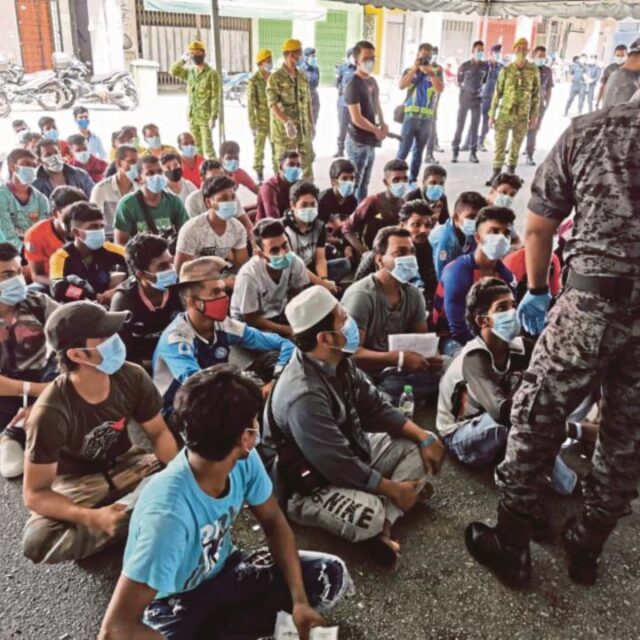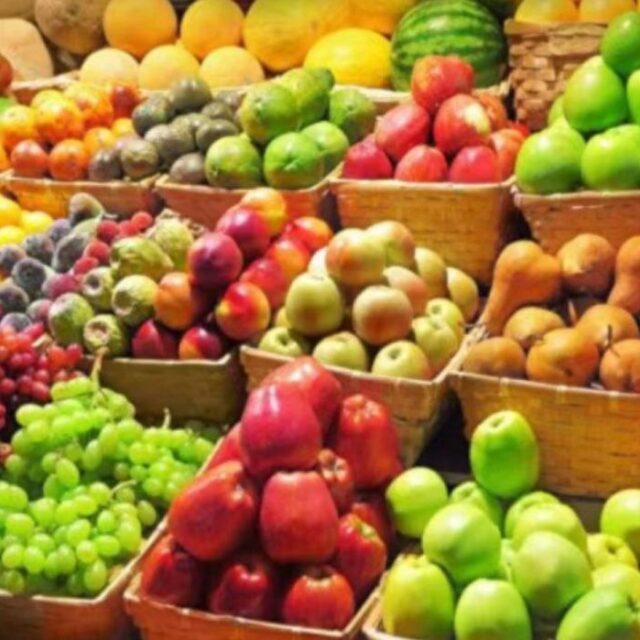In the pursuit of systematic development in the livestock sector and the effective control of infectious animal diseases, the forthcoming national livestock baseline survey is set to play a pivotal role. This crucial initiative is scheduled to take place from 1 November to 31 December, covering 215 townships across 13 regions and states, including the Nay Pyi Taw Union Territory.
The primary objective of this comprehensive survey is to collect essential data on animal populations. In designated areas, data will be collected from 20 per cent of village-tracts and wards, with ongoing plans to achieve full coverage by collecting data from 100 per cent of livestock farms. The significance of collecting accurate data cannot be overstated, as it enables officials to effectively implement control and prevention measures against infectious animal diseases, ultimately saving the lives of animals and reducing the potential for further infections.
With data on animal populations at various administrative levels, including regions, states, districts, townships, and wards/villages, relevant government departments can strategically develop projects aimed at ensuring the production of safe and nutritious meat for domestic consumption. Furthermore, these data-driven insights will enable the formulation of plans to meet market demand through the strategic breeding of animals.
Historically, the Department of Livestock Breeding and Veterinary conducted the national livestock baseline surveys annually from the 1979-1980 financial year to the 1993-1994 financial year. However, ground surveys ceased, and data was only calculated for the purpose of record-keeping. In 2018, the national livestock baseline survey was reinitiated, with interim surveys conducted annually.
Thanks to these surveys, the government maintains records of various livestock populations, including cattle, dairy cows, mythuns, goats, pigs, and chickens. The annual collection of data has proven indispensable, allowing for the tracking of changes in animal populations.
The Ministry of Agriculture, Livestock, and Irrigation, in collaboration with relevant departments, is currently in the process of preparing for the upcoming national livestock baseline survey. The active cooperation of livestock businesspersons and farmers is vital for its success.
Myanmar boasts a solid foundation for the operation of livestock breeding farms and a burgeoning market. Local farmers have a promising opportunity to expand their livestock operations on a commercial scale, thereby increasing their incomes. Beyond the agricultural sector, the livestock industry plays a critical role in meeting the meat demand of the nation’s populace. Livestock breeding farmers should take full advantage of the support and encouragement offered by the authorities to thrive in their businesses and secure a sufficient supply of domestic meat.
Achieve success through national livestock baseline survey
- November 09, 2023
- 419














